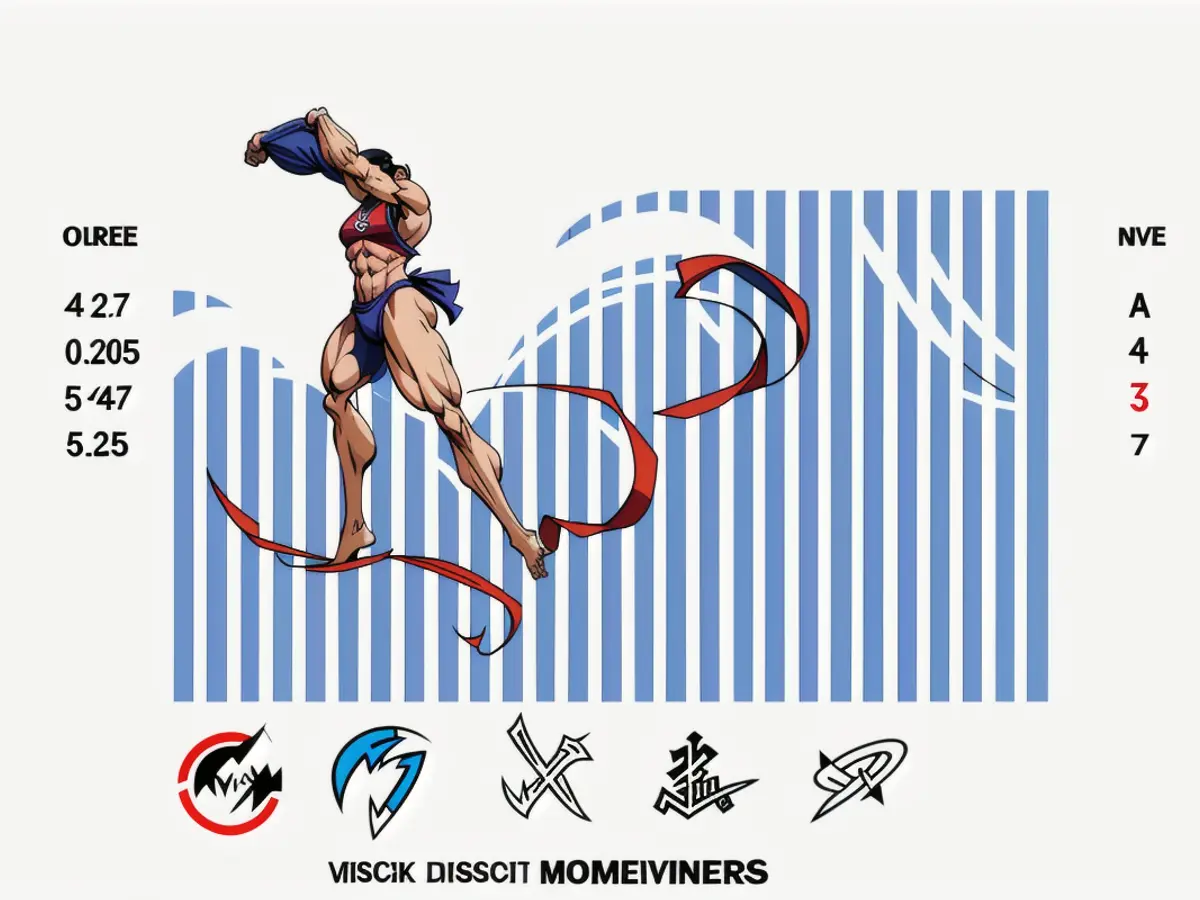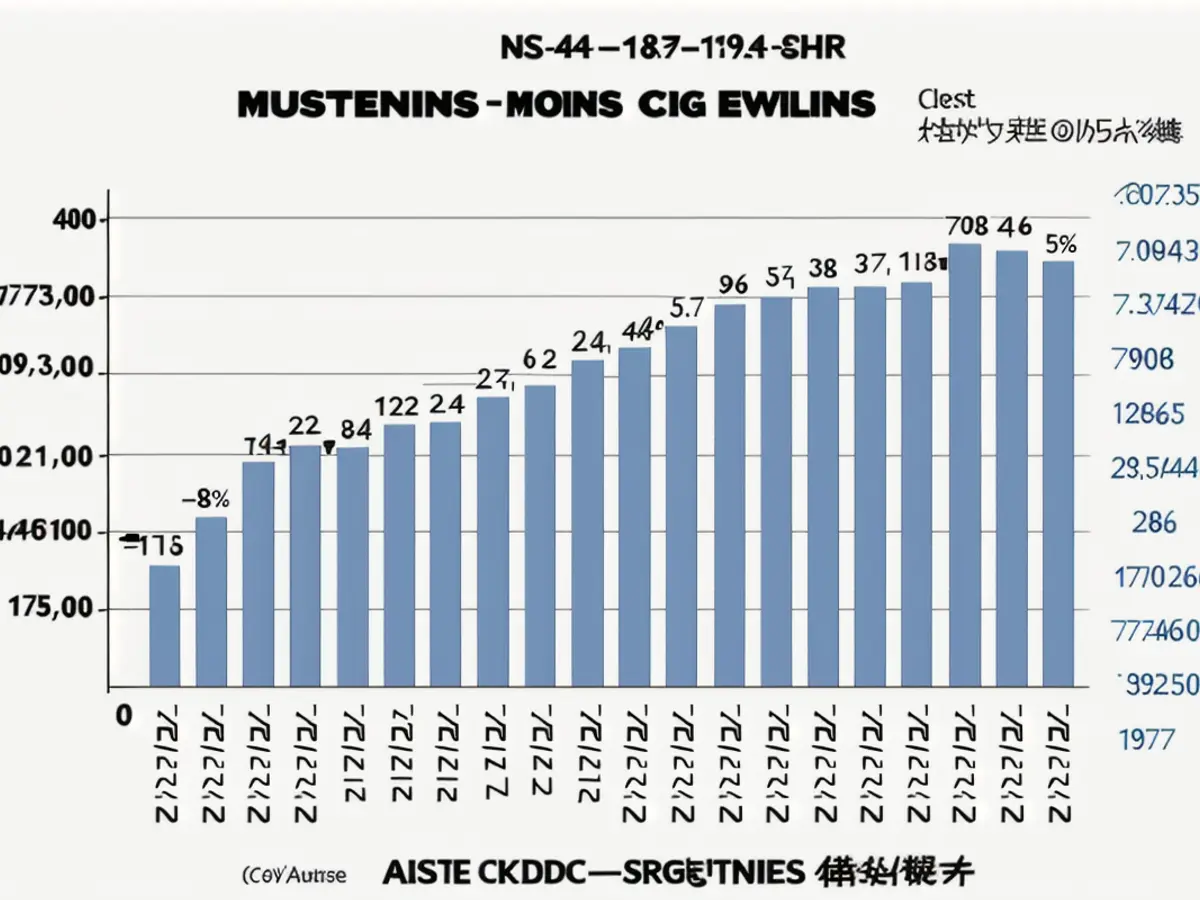Essential Insights for Investors Regarding Walt Disney's Current Situation
Disney Corporation (DIS -0.65%) surpassed its quarterly earnings projections and further fueled optimism with its optimistic forecast for the future. Consequently, the company's shares soared on Thursday, following the unveiling of its fiscal fourth-quarter data.
However, seasoned investors should be cautious, as occasionally overlooked points might ultimately jeopardize a rally as investors delve deeper into the financial details.
With this in mind, here are three notable aspects of Disney's fourth-quarter results that investors should consider prior to making a buy/sell decision.
Key insights from Disney's Q4
During the September quarter, Disney generated $22.6 billion in revenue, translating into a per-share earnings of $1.14. Both figures surpassed the previous year's figures of $21.2 billion and $0.82, respectively. They also surpassed analyst estimates for a revenue of $22.5 billion and earnings of $1.10 per share.
Movies and streaming were responsible for the majority of this improvement, compensating for the weakness in Disney's theme parks and television sectors.
While Disney's film division displayed a significant revenue growth, a significant portion of the fourth-quarter's 23% increase in gross operating income was attributable to its streaming platforms, Disney+ and Hulu. They went from posting an operating loss of $420 million in the fourth fiscal quarter of the previous year to posting an operating profit of $253 million for this period. This progress has been ongoing, but only now has the streaming division definitively crossed the profit threshold.

Certainly, Disney's studio appears to be back on a growth trajectory, boosted by the recent releases of Inside Out 2 and Deadpool & Wolverine.
However, a more detailed analysis reveals the second takeaway: The box office results for the previous quarter were only relatively better than a recent slump for this division. Disney's films still contribute less to the bottom line than they did before the pandemic, despite the occasional blockbuster film. However, these blockbusters are now less frequent.
One cannot help but question if the pandemic-induced growth spurt of streaming may be at the root of the current challenges facing the film industry.
Lastly, while Disney's forecast for the next three years calls for double-digit earnings growth per share, there is a conspicuous lack of mention of revenue growth. It appears that the majority of any bottom-line improvements will continue to stem from cost cutting and share buybacks (with the company earmarking $3 billion for buybacks in the current fiscal year alone).
This may work for now, but it won't be sustainable indefinitely. Eventually, reducing expenses will erode an organization's capacity to attract and retain new customers. At some point, Disney will need to raise its expenditures in order to grow its business, which is currently showing signs of stagnation in terms of both top and bottom lines.
In addition, Disney's sports-entertainment division, predominantly ESPN, remains stagnant, neither expanding nor contracting its top or bottom lines. Whatever plans Disney has for the sports-focused platform, execution should occur as soon as possible.

If the launch of a standalone streaming version of the ESPN cable channel does not receive a strong response, it could undermine any hopes Disney may have of selling the entire brand's operations.
Balancing the advantages and disadvantages
This is not an exhaustive analysis of Disney's current condition. For instance, Disney's parks and resorts sector, its largest in terms of revenue and profits, is holding up, largely consistent with inflation. Its non-sports TV business is also experiencing slight declines as the cord-cutting trend continues.
However, despite the seemingly healthy overall fourth-quarter numbers, a closer analysis raises questions. Streaming is currently doing the majority of the heavy lifting, but even Disney's guidance for the year suggests a slowdown for this section is on the horizon. The entertainment giant's film business's recovery to its pre-pandemic form is not yet definitive.
Shares spiked in reaction to the fourth-quarter figures. This may have been premature buying, though. It may be prudent to wait and see if Disney can revive any of its non-streaming businesses before committing.
For that matter, it may be wise to reconsider the extent to which Disney's streaming business can truly support the company, and for how long.
In summary, Disney stock can be added to your watchlist; however, think twice before adding it to your portfolio.
Investors should take note of Disney's strong earnings performance, with per-share earnings of $1.14 during the fourth quarter, surpassing expectations. However, they should also consider Disney's reliance on cost cutting and share buybacks for future earnings growth, which might not be sustainable indefinitely. Therefore, while investing in Disney's stock, it is wise to closely monitor its non-streaming businesses and the potential of its streaming division to continue supporting the company.







